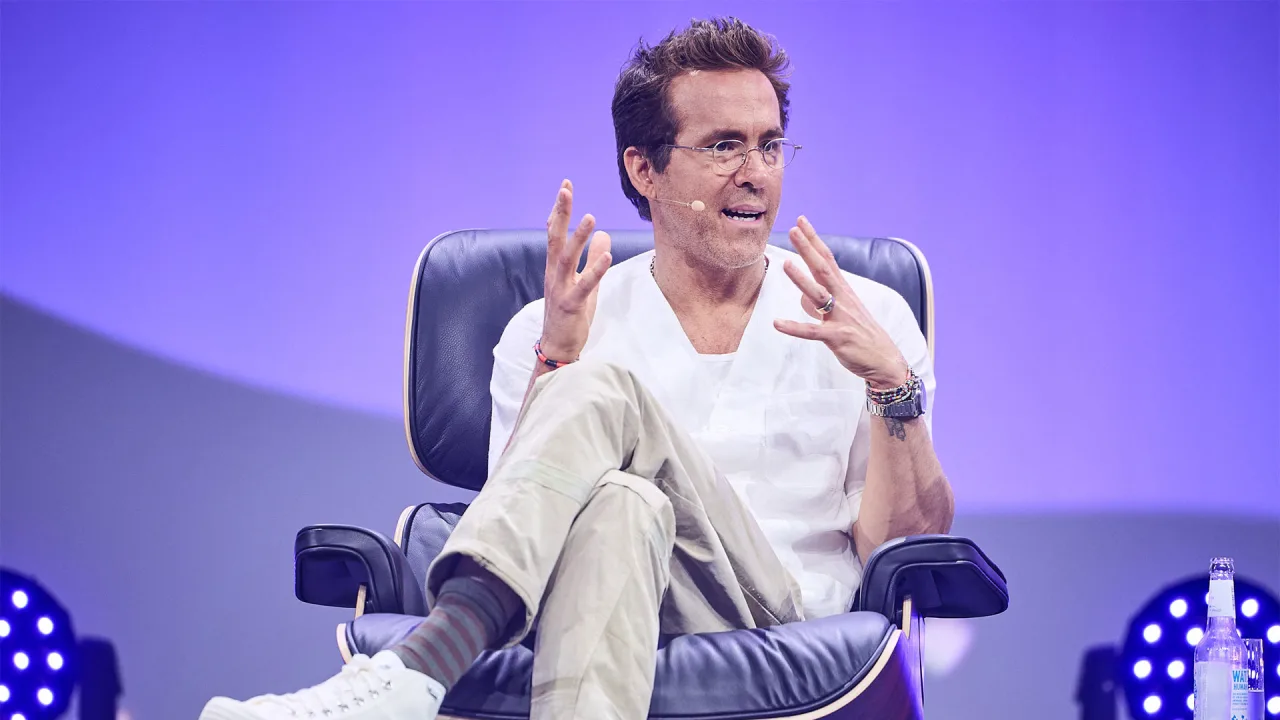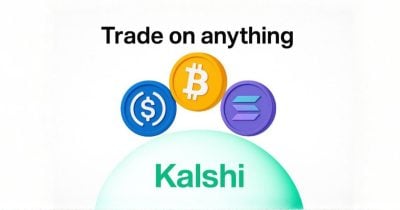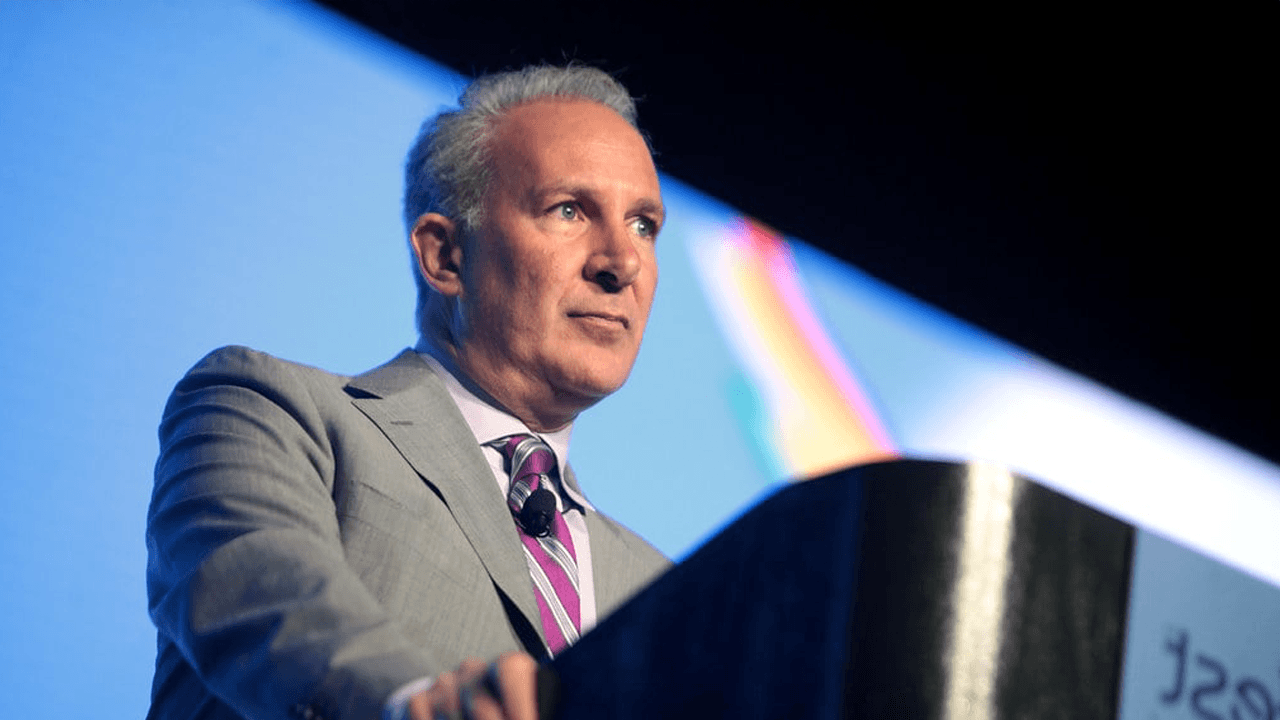Why the best leaders embrace ‘strategic disappointment’ (and how you can, too)
When Apple removed the headphone jack from the iPhone 7 in 2016, the backlash was immediate and fierce. Tech reviewers called it “user-hostile and stupid.” Customers created petitions. Competitors ran ads mocking the decision. Yet today, wireless earbuds are ubiquitous, and the decision looks prescient rather than foolish. What Apple understood—and what most future-ready leaders eventually learn—is that meaningful innovation requires disappointing people strategically. This isn’t the leadership advice you typically hear. We’re told to inspire, to build consensus, to bring everyone along. But an uncomfortable truth lurks beneath these platitudes: as your impact grows, so does your capacity to disappoint others. And rather than avoiding this reality, the most effective leaders learn to navigate it intentionally. When Success Creates an Expectation Trap Author Rebecca Solnit captures this paradox perfectly. After supporting a friend whose first book had become unexpectedly successful, she explained that “success is full of failures, at least in the eyes of others, who want things from you, more of them wanting more than you can ever deliver, so you live in an atmosphere of pressure, unmet expectation.” This is particularly acute in technology leadership, where decisions must often be made ahead of market readiness. The moment you create something valuable, people develop expectations about what should come next—expectations that frequently conflict with the very innovation that made your work valuable in the first place. Consider Netflix’s pivot from DVD delivery to streaming. When announced in 2011, the company lost 800,000 subscribers and its stock plummeted 77%. Today, that disappointing decision looks like the defining move that secured Netflix’s future. Confidence: Not What We Think It Is The paradox exists for leaders across industries, though. Part of the challenge is that we fundamentally misunderstand confidence. As Nobel laureate Daniel Kahneman explains, “Subjective confidence in a judgment is not a reasoned evaluation of the probability that this judgment is correct. Confidence is a feeling, which reflects the coherence of the information and the cognitive ease of processing it.” In other words, our feeling of confidence often has more to do with how neatly our story fits together than with its actual likelihood of being correct. This creates a dangerous dynamic in leadership, where seemingly “confident” decisions may simply reflect coherent but flawed narratives, especially when those narratives align with what stakeholders want to hear. This dynamic is especially dangerous in leadership, where the pressure to appear confident drives a pattern I’ve observed repeatedly: the rush to create strategies around emerging technologies (“What’s our AI strategy?” “What’s our blockchain strategy?”) rather than having the confidence to maintain core business strategies and incorporate new technologies experimentally. Dr. Tressie McMillan Cottom’s concept of “insecure overachievers” illuminates part of this pattern: leaders who achieve at high levels while seeking external validation often prioritize appearing forward-leaning over being truly purposeful. The result? Decision-makers chasing technologies rather than outcomes, pursuing strategies that sound forward-thinking but may actually disconnect organizations from their core mission and meaningful impact. The Mathematics of Confident Decision-Making In statistics, confidence intervals don’t just tell us whether an effect exists—they reveal how certain we can be about what we know, which directly impacts our confidence to act. Mathematician Jordan Ellenberg illustrates this: a narrow confidence interval (such as between −0.5% and 0.5%) means you have “good evidence the intervention doesn’t do anything,” giving you the confidence to stop the initiative. A wide interval (such as between −20% and 20%) means you have “no idea whether the intervention has an effect,” signaling you need more data before making a decisive call. In other words, this statistical principle offers a powerful parallel for leadership decisions: true confidence comes not from eliminating uncertainty, but from understanding precisely what we know and what we don’t, and responding appropriately. This distinction offers us a powerful framework for leadership—what I call the Strategic Disappointment Matrix: Quadrant 1: High Certainty / Low Disappointment These are the easy wins—decisions where data strongly supports a path that few will object to. Pursue these enthusiastically, but recognize they rarely lead to breakthrough innovation. Quadrant 2: High Certainty / High Disappointment Here lie the necessary disappointments—decisions like sunsetting beloved but unsustainable products or implementing essential security measures that create friction. The evidence clearly shows these moves are necessary, even though they’ll create disappointm

When Apple removed the headphone jack from the iPhone 7 in 2016, the backlash was immediate and fierce. Tech reviewers called it “user-hostile and stupid.” Customers created petitions. Competitors ran ads mocking the decision. Yet today, wireless earbuds are ubiquitous, and the decision looks prescient rather than foolish.
What Apple understood—and what most future-ready leaders eventually learn—is that meaningful innovation requires disappointing people strategically.
This isn’t the leadership advice you typically hear. We’re told to inspire, to build consensus, to bring everyone along. But an uncomfortable truth lurks beneath these platitudes: as your impact grows, so does your capacity to disappoint others. And rather than avoiding this reality, the most effective leaders learn to navigate it intentionally.
When Success Creates an Expectation Trap
Author Rebecca Solnit captures this paradox perfectly. After supporting a friend whose first book had become unexpectedly successful, she explained that “success is full of failures, at least in the eyes of others, who want things from you, more of them wanting more than you can ever deliver, so you live in an atmosphere of pressure, unmet expectation.”
This is particularly acute in technology leadership, where decisions must often be made ahead of market readiness. The moment you create something valuable, people develop expectations about what should come next—expectations that frequently conflict with the very innovation that made your work valuable in the first place.
Consider Netflix’s pivot from DVD delivery to streaming. When announced in 2011, the company lost 800,000 subscribers and its stock plummeted 77%. Today, that disappointing decision looks like the defining move that secured Netflix’s future.
Confidence: Not What We Think It Is
The paradox exists for leaders across industries, though. Part of the challenge is that we fundamentally misunderstand confidence. As Nobel laureate Daniel Kahneman explains, “Subjective confidence in a judgment is not a reasoned evaluation of the probability that this judgment is correct. Confidence is a feeling, which reflects the coherence of the information and the cognitive ease of processing it.”
In other words, our feeling of confidence often has more to do with how neatly our story fits together than with its actual likelihood of being correct. This creates a dangerous dynamic in leadership, where seemingly “confident” decisions may simply reflect coherent but flawed narratives, especially when those narratives align with what stakeholders want to hear.
This dynamic is especially dangerous in leadership, where the pressure to appear confident drives a pattern I’ve observed repeatedly: the rush to create strategies around emerging technologies (“What’s our AI strategy?” “What’s our blockchain strategy?”) rather than having the confidence to maintain core business strategies and incorporate new technologies experimentally.
Dr. Tressie McMillan Cottom’s concept of “insecure overachievers” illuminates part of this pattern: leaders who achieve at high levels while seeking external validation often prioritize appearing forward-leaning over being truly purposeful. The result? Decision-makers chasing technologies rather than outcomes, pursuing strategies that sound forward-thinking but may actually disconnect organizations from their core mission and meaningful impact.
The Mathematics of Confident Decision-Making
In statistics, confidence intervals don’t just tell us whether an effect exists—they reveal how certain we can be about what we know, which directly impacts our confidence to act. Mathematician Jordan Ellenberg illustrates this: a narrow confidence interval (such as between −0.5% and 0.5%) means you have “good evidence the intervention doesn’t do anything,” giving you the confidence to stop the initiative. A wide interval (such as between −20% and 20%) means you have “no idea whether the intervention has an effect,” signaling you need more data before making a decisive call.
In other words, this statistical principle offers a powerful parallel for leadership decisions: true confidence comes not from eliminating uncertainty, but from understanding precisely what we know and what we don’t, and responding appropriately.
This distinction offers us a powerful framework for leadership—what I call the Strategic Disappointment Matrix:
Quadrant 1: High Certainty / Low Disappointment These are the easy wins—decisions where data strongly supports a path that few will object to. Pursue these enthusiastically, but recognize they rarely lead to breakthrough innovation.
Quadrant 2: High Certainty / High Disappointment Here lie the necessary disappointments—decisions like sunsetting beloved but unsustainable products or implementing essential security measures that create friction. The evidence clearly shows these moves are necessary, even though they’ll create disappointment. These require courage, but clear communication can minimize backlash.
Quadrant 3: Low Certainty / Low Disappointment These are experimental spaces where you can test hypotheses with minimal risk. These low-stakes experiments often yield what I call “bankable foresights”—insights about future priorities that you can invest in confidently even without complete certainty. Use these spaces intentionally to gather data that might eventually inform more consequential decisions in other quadrants.
Quadrant 4: Low Certainty / High Disappointment This is where the biggest breakthroughs—and biggest failures—happen. When Airbnb suggested people rent their homes to strangers, or when Amazon invested in AWS, these decisions had uncertain outcomes and disappointed many stakeholders. These require the highest level of judgment and often define a leader’s legacy.
Understanding where your decisions fall in this matrix doesn’t eliminate uncertainty, but it helps you respond to it appropriately.
Practicing Strategic Disappointment
Dr. McMillan Cottom suggests that developing comfort with disappointing others is “a critical life-skill” worth deliberately practicing. She recommends setting “the intention to disappoint at least one person, in some real way, over the next 24 hours,” noting that “the more comfortable you get with the risk of disappointing, the better things go on all fronts.”
For leaders, this practice might include:
- Distinguish types of disappointment. Differentiate between disappointments that challenge people productively versus those that harm needlessly.
- Create transparent decision frameworks. Develop and communicate clear values hierarchies that show which principles take precedence when trade-offs become necessary.
- Articulate the “future-ready why.” Practice explaining unpopular decisions in terms of the longer horizon they enable, not just the immediate benefits.
- Build disappointment resilience. Develop personal practices that help you withstand the discomfort of being misunderstood or criticized for decisions you believe in.
- Measure meaningful impact. Create metrics that track long-term value creation, not just immediate satisfaction or engagement.
Innovative Leadership Through Strategic Disappointment
When Microsoft CEO Satya Nadella decided to shift the company’s focus from Windows to cloud computing and AI, many were disappointed. Windows had been Microsoft’s crown jewel for decades. Developers, partners, and even internal teams who had built careers around the operating system felt betrayed by this pivot.
But Nadella was practicing strategic disappointment. Rather than trying to please all stakeholders in the short term, he disappointed some intentionally to position Microsoft for long-term relevance.
The results speak for themselves. Microsoft’s market cap has increased from roughly $300 billion when Nadella took over to over $3 trillion today, making it one of the world’s most valuable companies. More importantly, this shift has positioned Microsoft as a leader in AI and cloud computing—the very technologies shaping our future.
Nadella’s strategic pivot demonstrates a crucial truth for future-ready leaders: disappointing people isn’t a leadership failure. It’s often the necessary price of meaningful innovation.
The confidence to disappoint strategically isn’t about being certain you’re right. It’s about having the clarity to recognize when immediate approval conflicts with long-term impact, and the courage to choose impact even when it hurts.
In a world moving too fast for perfect certainty, tomorrow’s most valuable leaders won’t be those who pleased everyone today. They’ll be those who had the courage to purposefully disappoint when necessary, navigating uncertainty not by avoiding it, but by embracing it as the necessary terrain of meaningful change.





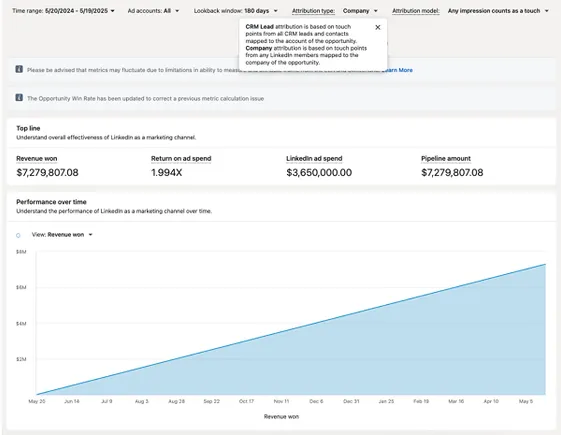








.png)
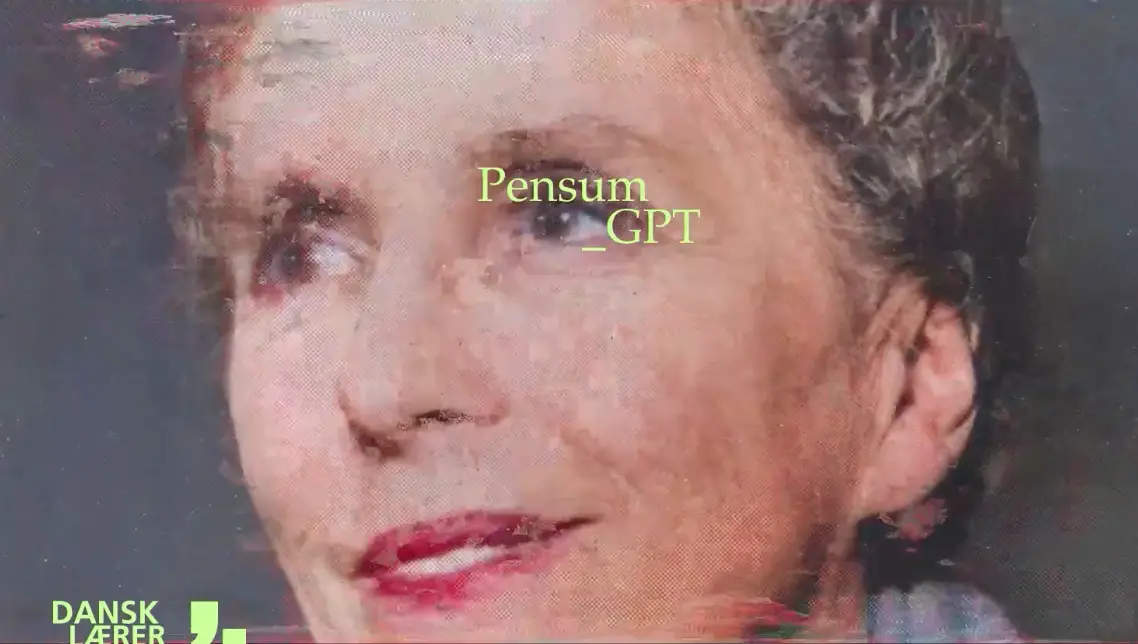






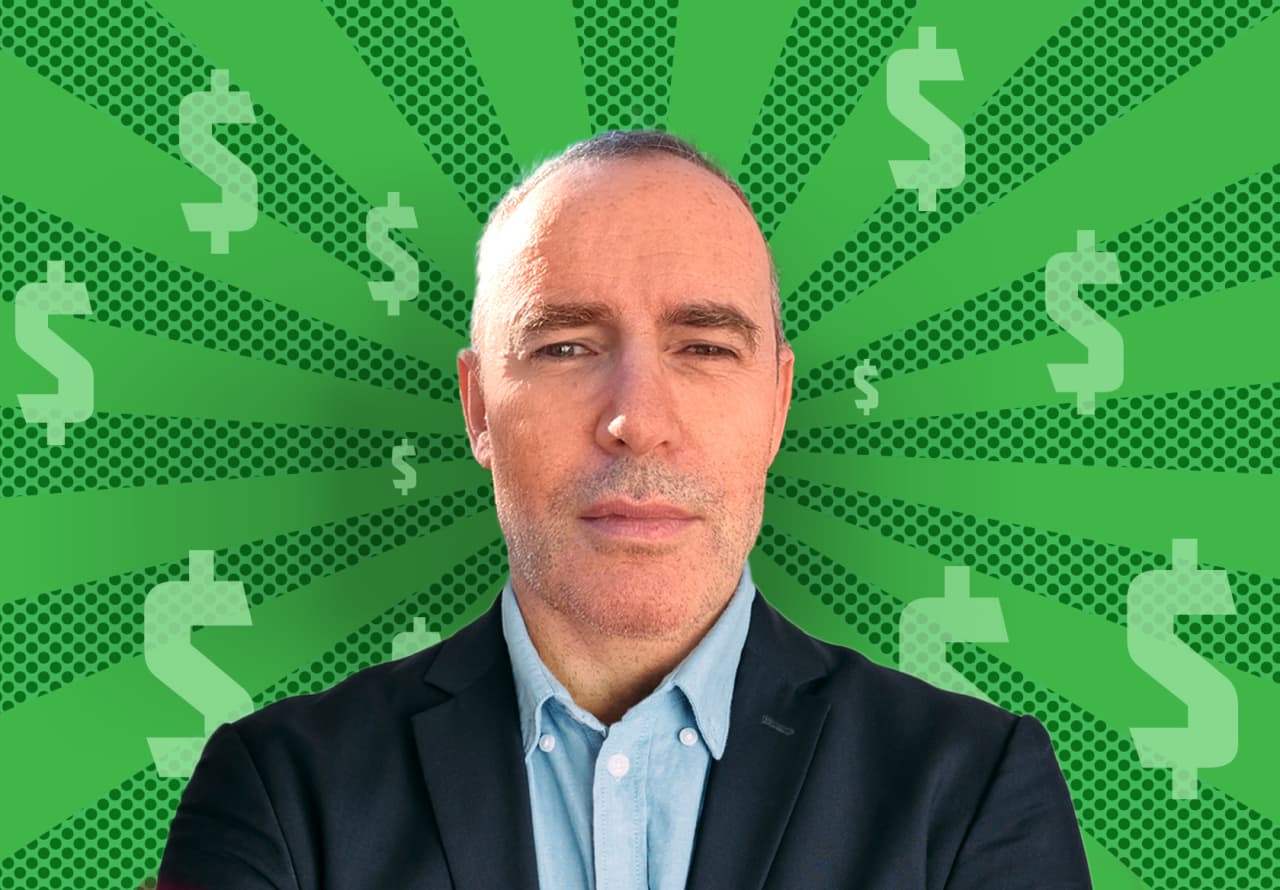







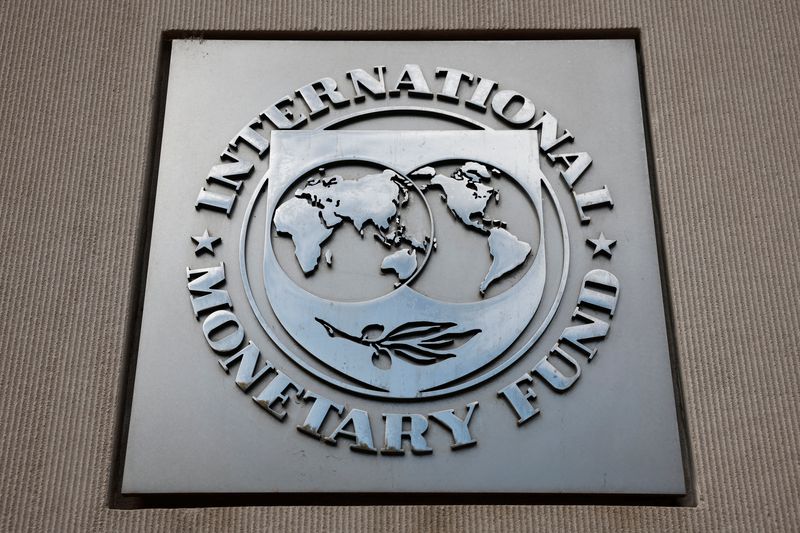





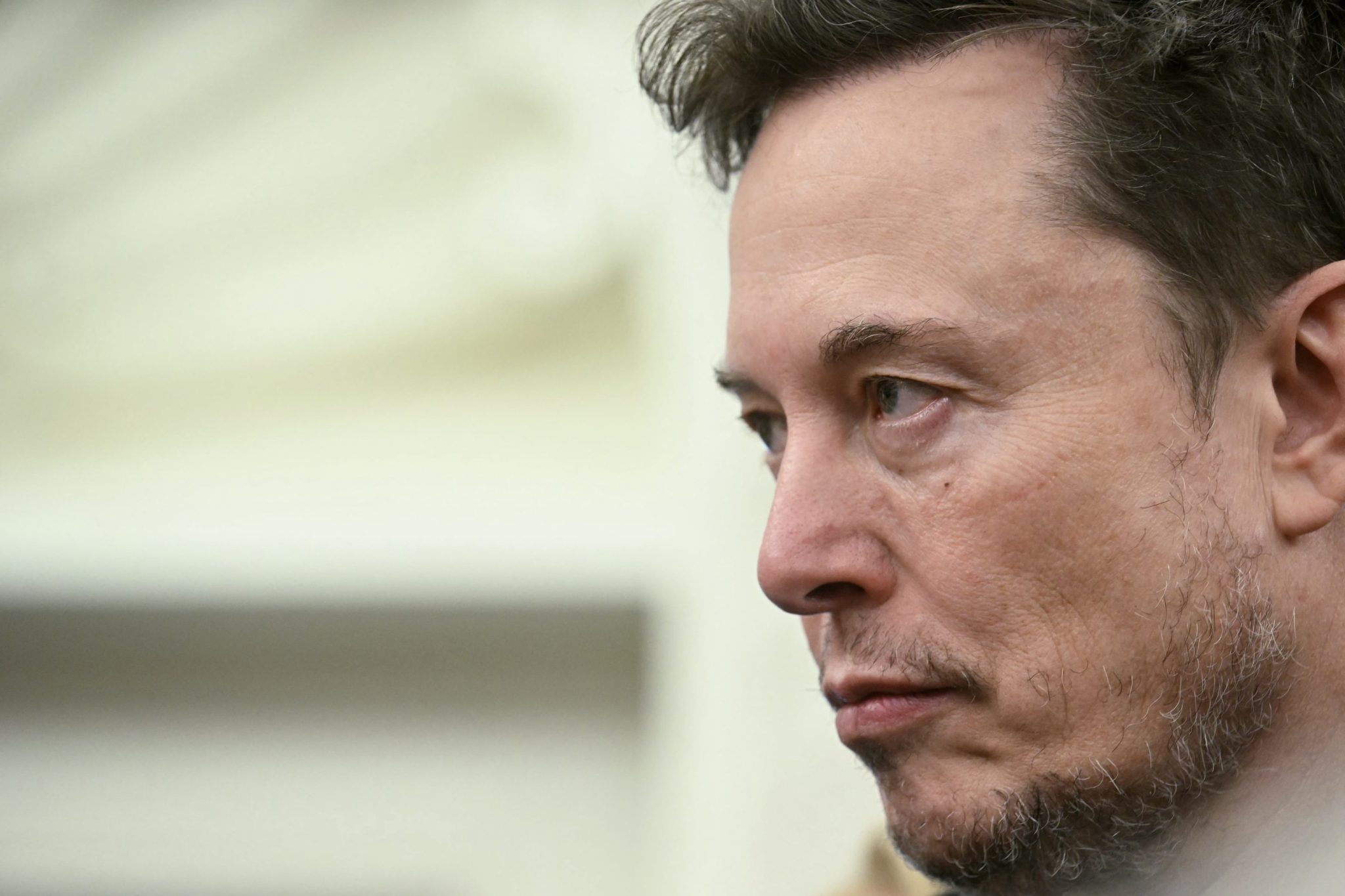















![[Weekly funding roundup May 17-23] VC inflow remains steady](https://images.yourstory.com/cs/2/220356402d6d11e9aa979329348d4c3e/Weekly-funding-1741961216560.jpg)




























